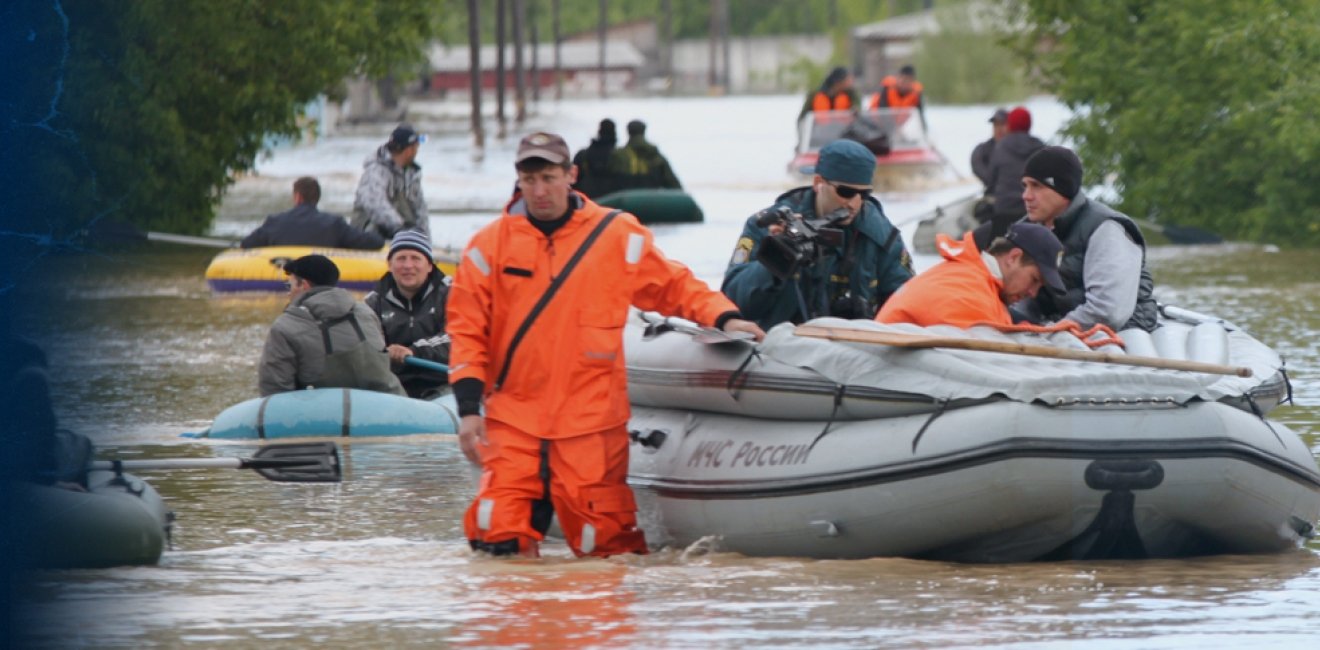Climate migration is increasingly visible worldwide, from Pacific Islanders moving inland, to migrants in African countries whose livelihoods have been destroyed by desertification and land degradation. And we have seen in the past few years—whether at the United States’ southern border or in the Mediterranean—that migration can quickly become a pressing issue for foreign policymakers, who are often unprepared to handle the aftermath of migration crises.
The linkages between migration and climate change are drawing more attention in international policy forums. For many United Nations member states, discussing the adverse impacts of climate change on migration is no longer an option but a necessity. Indeed, even if we do not know exactly how many people migrate as a result of the slow and sudden onset impacts of climate change, we do know that policymakers in all regions of the world are—or will be—confronted by challenges linked to the increased mobility of people because of climate impacts on their livelihoods, physical safety, and health.
In 2019, 25 million of people were displaced within their own countries by weather-related disasters, including over 900,000 people in the United States. The World Bank estimates that by 2050, 140 million people could be compelled to move within their home country borders because of climate impacts.
We are not prepared for this anticipated surge in mobility. Existing migration management policies and practices are often inadequate to address the challenges associated with the movement of people in the context of climate change, environmental degradation, and natural disasters. Even where there has been progress in national policies, it is insufficient.
The pace at which the climate is changing combined with other economic or social shocks should prompt governments to urgently consider how to anticipate and respond to evolving migration patterns.
Better Climate Migration Management Will Help States Weather the Storm
COVID-19 is an extreme shock that currently is at the forefront of our thoughts. But there will be more shocks to come—some that we can predict and others that will disrupt our societies with little or no warning. These crises all have the potential to affect the individual fate of millions of migrants, including climate migrants and those left behind. While there is no one-size-fits-all blueprint applicable to crises, better migration management is always going to be an essential component of crisis response.
The Global Compact for Safe, Orderly and Regular Migration (GCM) and the Task Force on Displacement under the United Nations Framework Convention on Climate Change (UNFCCC) have produced solid recommendations and principles that can guide states in the development of forward-looking policies on climate migration. As has been the case for many years, the emphasis is on privileging climate change adaptation and resilience strategies in situ so that people aren’t forced to move because of circumstances beyond their control.
More recently, however, the discussion has evolved to acknowledge, importantly, that migration policies need to be expanded by states to facilitate safe migration for those who cannot remain in, or return to, their areas of origin due to climate and environmental conditions.
The political acceptance of this concept is relatively new—therefore, these ideas are mostly still at the level of principles in international policy texts. However, there is hope that the increased political awareness at the global level can trigger a review of existing national and regional migration and climate change policy frameworks to align them with agreed upon global principles. This is the case for example in Tajikistan where the United Nations Migration Agency (IOM) is currently undertaking a policy review to analyze how national policies and planning processes can better integrate migration and climate dimensions.
New mobility policy frameworks could also be developed on the basis of the GCM, opening the possibility to further mainstream climate and environmental dimensions. For instance, in the 3-year implementation plan of action for the GCM of the African Union, one priority centers on addressing drivers of migration in the context of climate change. For most countries and regions, however, translating these principles into national and regional policies is both a political and a technical challenge. Many national policymakers are hamstrung by the negative connotations of migration and sensitive nature of discussions focused on helping people to migrate to cope with the impacts of climate change. They also need better information and guidance on how to analyze their national policy frameworks and propose relevant changes.
The language adopted in these global policy documents is constructive, but words will not mean much unless governments actively develop and implement migration management policies that provide comprehensive legal migration options to climate migrants. In a world where the mere mention of migration is politically loaded, having a frank conversation on this topic will not be easy. Yet the pace of the climate crisis leaves no other choices than to tackle this question head on.
Moving Beyond a Fear of More Migration
Some states are already implementing migration management policies that can be applied to disaster contexts, such as visas granted on humanitarian grounds in the Dominican Republic, Argentina, and Panama. However, these measures do not usually apply to people migrating because of the slow impacts of environmental degradation.

A recent mapping of human mobility and climate change in relevant national policies and institutional frameworks produced by IOM found that out of 66 countries and territories reviewed, 53 percent referenced climate change and environmental factors in their national migration and displacement frameworks. Notably, this includes several African countries such as Ghana, Kenya, Nigeria, Botswana, and Uganda. Some countries—like Nepal, Georgia, and Vanuatu—have even developed specialized policies on climate and human migration. But these discussions are often ad hoc and not systematized.
As we enter an uncertain post-COVID-19 period, there is an opportunity to rethink climate action and climate migration management in the context of building back better. It is time for states to engage in a systematic and comprehensive analysis of their migration policies and practices with dual ambition: to understand how their different migration management tools can be repurposed to fit new environmental realities, and determine what new practices and policies might be needed.
The goal is not only to provide protection and assistance to climate migrants, but to also enhance and elevate the benefits that these migrants bring to their host societies. The United Nations system and civil society actors can support states by extracting lessons learned from existing initiatives and providing general guidance and recommendations across the whole spectrum of migration management policies.
To this end, many migration management approaches can be rethought and stepped up. One of the clearest approaches is for states to provide exceptional or special migration measures (including visas and residency permits) to those affected by the impacts of climate change. Another approach is to leverage more common migration categories—for instance permanent residency and citizenship applications—in cases where migrants are affected by severe climate impacts and returning is not an option.
Existing labor, educational, and training bilateral agreements can better target communities particularly vulnerable to climate impacts, quotas can be expanded, and new options created to serve those most vulnerable to climate change. Regional free movement protocols can explicitly include climate migrants and persons displaced by disasters. Migrant voluntary return and reintegration policies and programs can be tweaked to systematically be environmentally sustainable and create opportunities in the green economy. Measures to prevent and combat trafficking and smuggling of migrants should systematically consider how disasters and climate impacts increase risks of trafficking and smuggling. Formulating economic measures to reduce the cost of transferring remittances and incentivize diaspora investments in climate action is also a promising avenue that remains underexplored. Health dimensions should be taken into account across the board, including—as noted repeatedly by the UN Secretary General—through the integration of climate action and COVID-19.
Climate migrants have their specific vulnerabilities, but they are also a genuine asset to their host communities and societies. A comprehensive migration management approach can help to offer dignified and legal opportunities that are beneficial to all. Such measures will come as a complement to climate mitigation and adaptation efforts that seek to prevent forced migration and allow people to remain in their communities of origin. As the world faces the dual impacts of the COVID-19 and climate crises, it is time to create better systems to provide dignified options to migrants and support the states they leave and enter in a warming world.
The opinions expressed in this article are those of the authors and do not necessarily reflect the views of the International Organization for Migration (IOM).
Sources
African Union, Environmental Migration Portal, German Environment Agency Umwelt Bundesamt, Internal Displacement Monitoring Centre, International Organization for Migration, Le Monde, The Nansen Initiative, The World Bank, Thomas Reuters Foundation News, United Nations COVID-19 Response
Authors

Environmental Change and Security Program
The Environmental Change and Security Program (ECSP) explores the connections between environmental change, health, and population dynamics and their links to conflict, human insecurity, and foreign policy. Read more





